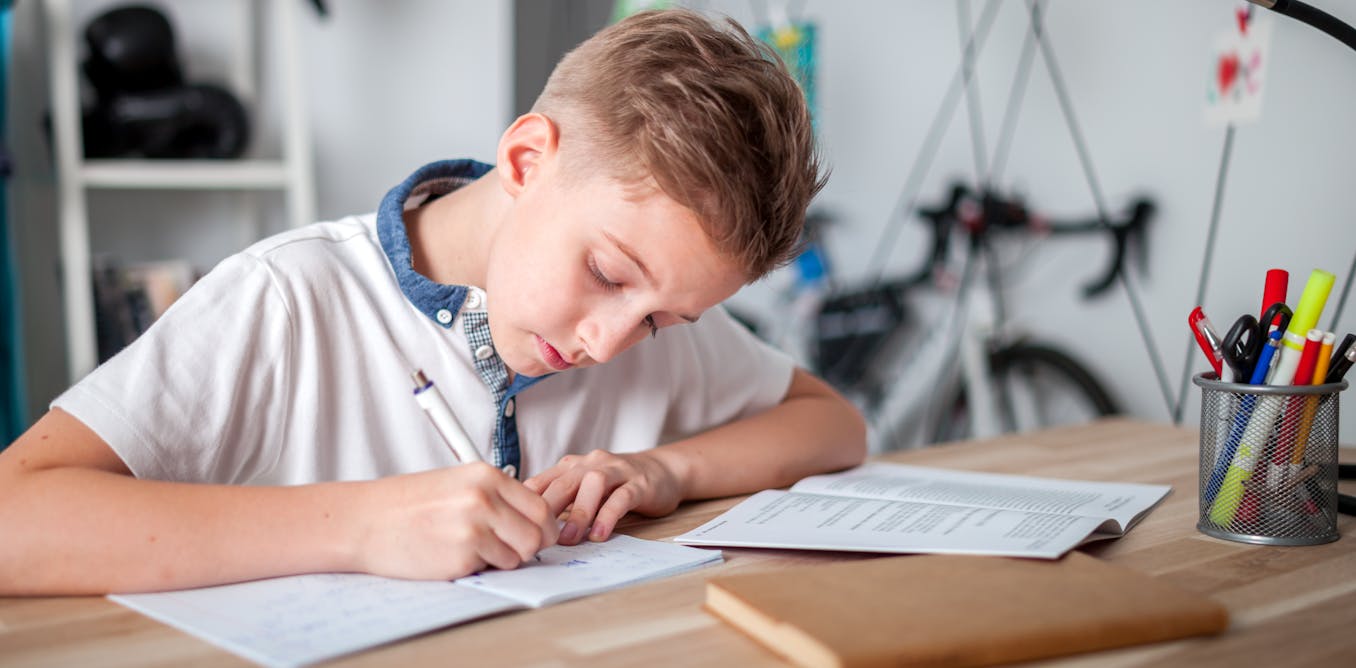Teaching practice (5) - Classroom routines
 |
| source: https://theconversation.com/whats-the-point-of-homework-154056 |
Information about the class
I observed the 2nd grade (students are 7-8 years old). There are 26 students in the class. Students have English lessons 2 hours each day of the week.
The topics of observed lessons were:
- Where do animals live? - names of animals and their homes
- Where do you see animals? - reading comprehension
- revising the names of animals, introducing and practising new vocabulary (the tree hollow, honeybee, crab, opossum, hive, eagle, nest)
- working with the text - predicting its content, answering questions; giving an opinion (I think …, In my opinion …)
Information about observed lessons
Students come to the classroom individually. It’s usually open 5-10 minutes before the first lesson. Each student comes, says: Good morning and prepares himself for the lesson. The teacher usually enters the classroom before the students. She opens the classroom, turns on the lights and lets the children that are waiting in. Then, she starts to prepare herself for the lesson.
At the beginning of the lesson the teacher:
- welcomes students and asks them 1-2 questions before (about how they are or about the weather)
- then proceeds to start the lesson
To finish the lesson, the teacher:
- asks students to close their books
- informs them on the break coming and
- tells them how long it’s going to last
When students arrive late, they usually apologise and rush to their desks. They don’t explain why they are late. Students are allowed to leave the classroom during the lesson. They usually go one person at a time. To go, they don’t have to ask, just stand up quietly and leave.
Students who finish early are supposed to start doing the next task. Before completing the tasks the teacher explains the instructions for each activity. Students who were unable to finish the work during the class are supposed to do it at home. It will be checked the next day, alongside the homework.
The teacher uses a variety of attention signals:
- clapping her hands
- raising one hand to get students’ attention
- asking students to stop talking
- pointing at the particularly noisy student
Whenever one of the students needs help, he/she uses one of a few strategies:
- multiple students come to the teacher's desk
- some students raise their hands and wait until it’s noticed
- some wait for the teacher to walk around the class and pass their desk to ask her then
Homework policy
The teacher sets homework regularly, usually by choosing activities from the workbook. Students mark their homework individually, there is no particular way of doing it. Most of them circle the tasks.
The teacher checks the homework during the class. It happens after a few activities - revision of the topic the homework was connected to. The teacher walks across the classroom and checks if students completed the tasks. They don’t get any feedback on it. Pupils who don’t complete the homework get a stamp in their workbooks.
My reflection
In terms of homework policy, there is not much focus put on it. Checking the homework is integrated into the lesson - it’s not necessarily the first thing done during the day. In my opinion, students get lots of homework (one or two pages of exercises), but they are always connected to the topic and revise the vocabulary or grammar points discussed during the class.
Whenever I was observing a lesson, all or most of the students were prepared for the lesson. Once, a boy came in late and unprepared. The teacher talked to him individually during the break. I think that’s especially important in terms of understanding the reason for being unprepared. This particular student didn’t do his homework a few times in a short amount of time. I’m glad the teacher reacted, and hopefully was able to help this student.
Classroom routines aren’t very transparent here, though this system clearly works for the teacher and her pupils. The teacher isn’t always the first to come into the classroom and she doesn’t check on everything the students are doing. I reckon she tries to give them more autonomy and responsibility over their work - e.g. if they don’t work fast enough they have to finish at home. She is eager and ready to help them whenever it’s needed, but she doesn’t push and interfere without being asked.

Comments
Post a Comment